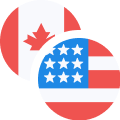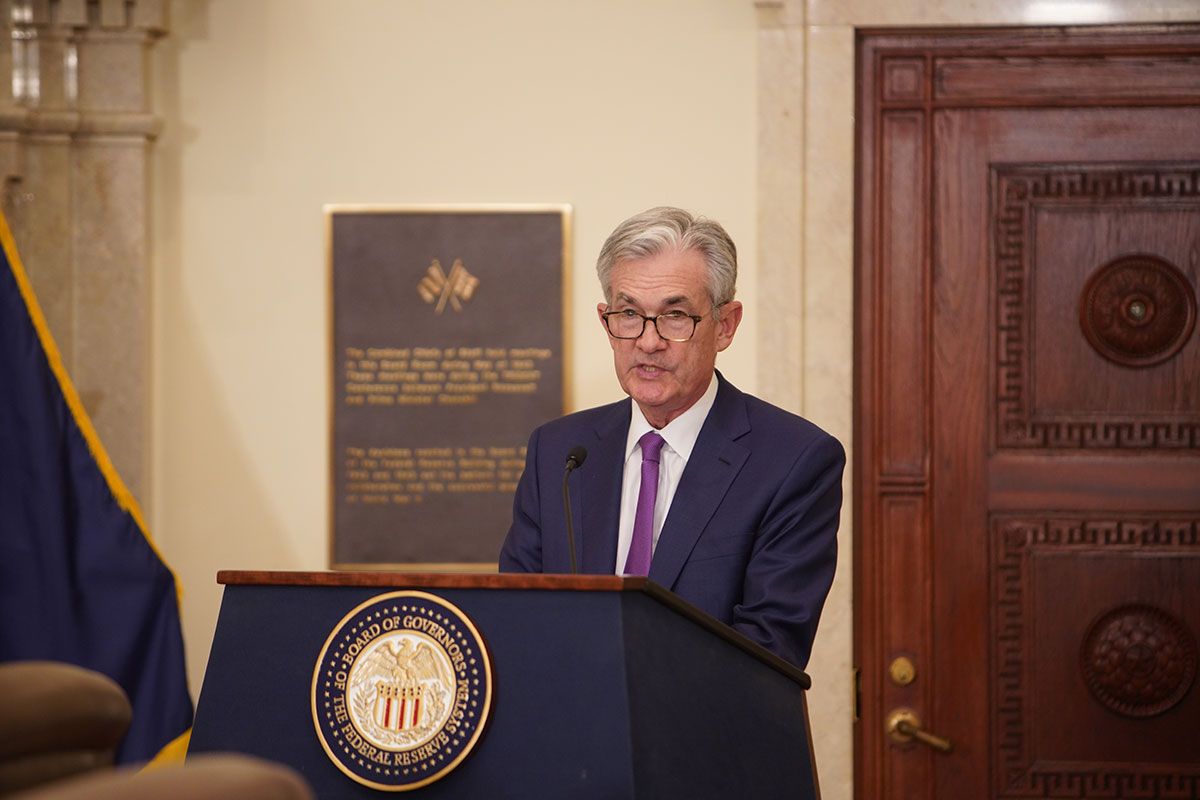USD/CAD trades cautiously around 1.3850 as Trump fires Fed’s Cook

- USD/CAD struggles around 1.3850 as the ousting of Fed’s Cook has built pressure on the US Dollar.
- Trump removed Fed’s Cook over mortgage allegations.
- Investors await Lutnick-LeBlanc trade talks, which are scheduled this week.
The USD/CAD pair trades with caution around 1.3850 against the US Dollar (USD) on Tuesday. The Loonie pair faces slight selling pressure as United States (US) President Donald Trump has fired Federal Reserve (Fed) Governor Lisa Cook over mortgage allegations.
US President Trump had already called Fed’s Cook to resign after his political allies accused her about mortgages she holds in Michigan and Georgia.
Market experts seen the event as a major crack on Fed’s independence, and expect decisions from the one who will replace Cook to be biased towards Trump’s agenda.
At the time of writing, the US Dollar Index (DXY), which tracks the Greenback’s value against six major currencies, ticks down to near 98.30.
Going forward, investors will focus on the US Personal Consumption Expenditure Price Index (PCE) data for July to get fresh cues on the Fed’s monetary policy outlook. On Friday, Fed Chair Jerome Powell delivered surprisingly dovish remarks on interest rates at the Jackson Hole Symposum, citing rising risks to labor market.
Meanwhile, investors brace a sideways trend in the Canadian Dollar (CAD) ahead of meeting between Canadian cabinet minister Dominic LeBlanc and US Commerce Secretary Howard Lutnick to discuss trade concessions.
Lately, comments from Canada’s LeBlanc signaled that he is confident about closing a trade agreement with Washington. "We are looking, I hope, for an agreement that will put us in a better position than we are right now," LeBlanc said in a French-language radio program on Monday.
US Dollar FAQs
The US Dollar (USD) is the official currency of the United States of America, and the ‘de facto’ currency of a significant number of other countries where it is found in circulation alongside local notes. It is the most heavily traded currency in the world, accounting for over 88% of all global foreign exchange turnover, or an average of $6.6 trillion in transactions per day, according to data from 2022. Following the second world war, the USD took over from the British Pound as the world’s reserve currency. For most of its history, the US Dollar was backed by Gold, until the Bretton Woods Agreement in 1971 when the Gold Standard went away.
The most important single factor impacting on the value of the US Dollar is monetary policy, which is shaped by the Federal Reserve (Fed). The Fed has two mandates: to achieve price stability (control inflation) and foster full employment. Its primary tool to achieve these two goals is by adjusting interest rates. When prices are rising too quickly and inflation is above the Fed’s 2% target, the Fed will raise rates, which helps the USD value. When inflation falls below 2% or the Unemployment Rate is too high, the Fed may lower interest rates, which weighs on the Greenback.
In extreme situations, the Federal Reserve can also print more Dollars and enact quantitative easing (QE). QE is the process by which the Fed substantially increases the flow of credit in a stuck financial system. It is a non-standard policy measure used when credit has dried up because banks will not lend to each other (out of the fear of counterparty default). It is a last resort when simply lowering interest rates is unlikely to achieve the necessary result. It was the Fed’s weapon of choice to combat the credit crunch that occurred during the Great Financial Crisis in 2008. It involves the Fed printing more Dollars and using them to buy US government bonds predominantly from financial institutions. QE usually leads to a weaker US Dollar.
Quantitative tightening (QT) is the reverse process whereby the Federal Reserve stops buying bonds from financial institutions and does not reinvest the principal from the bonds it holds maturing in new purchases. It is usually positive for the US Dollar.






